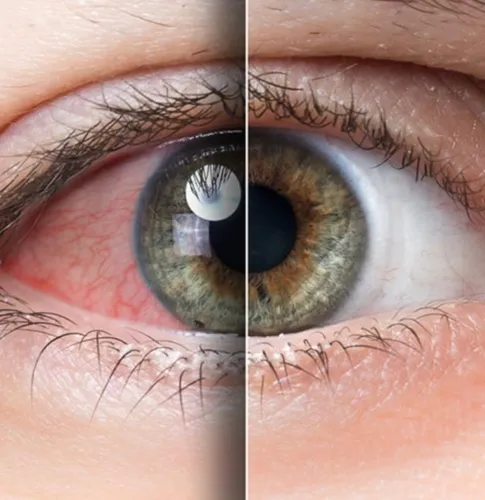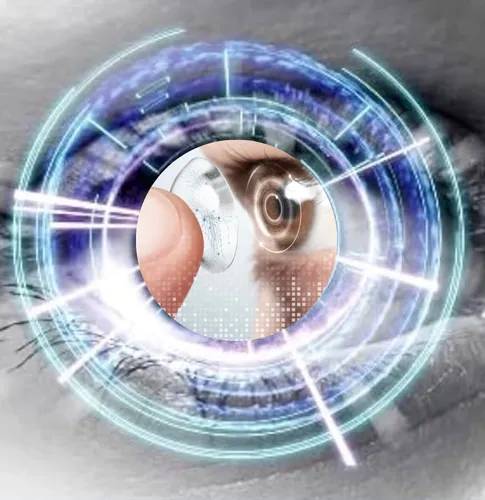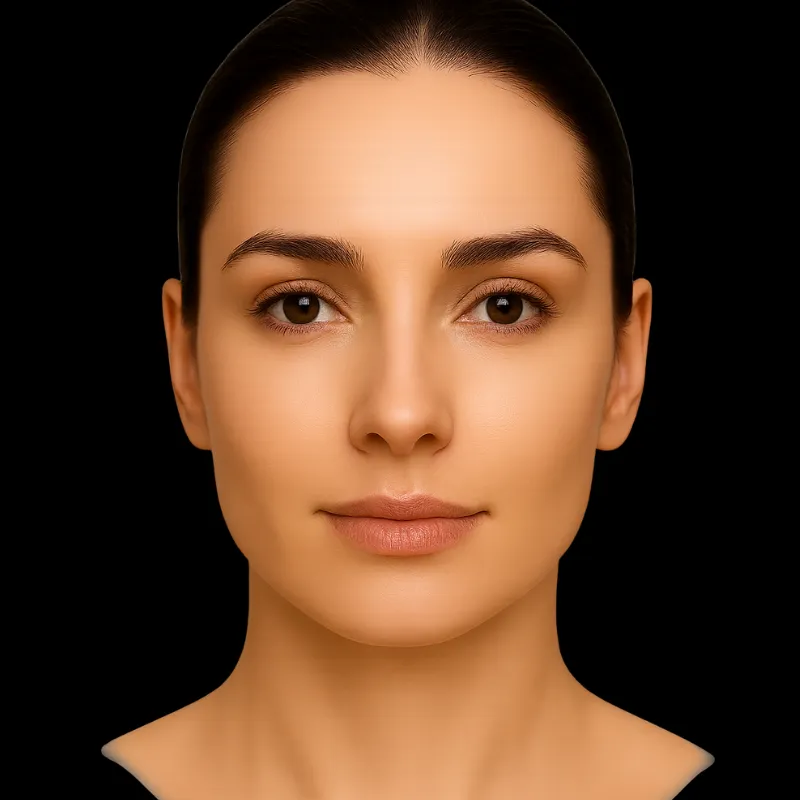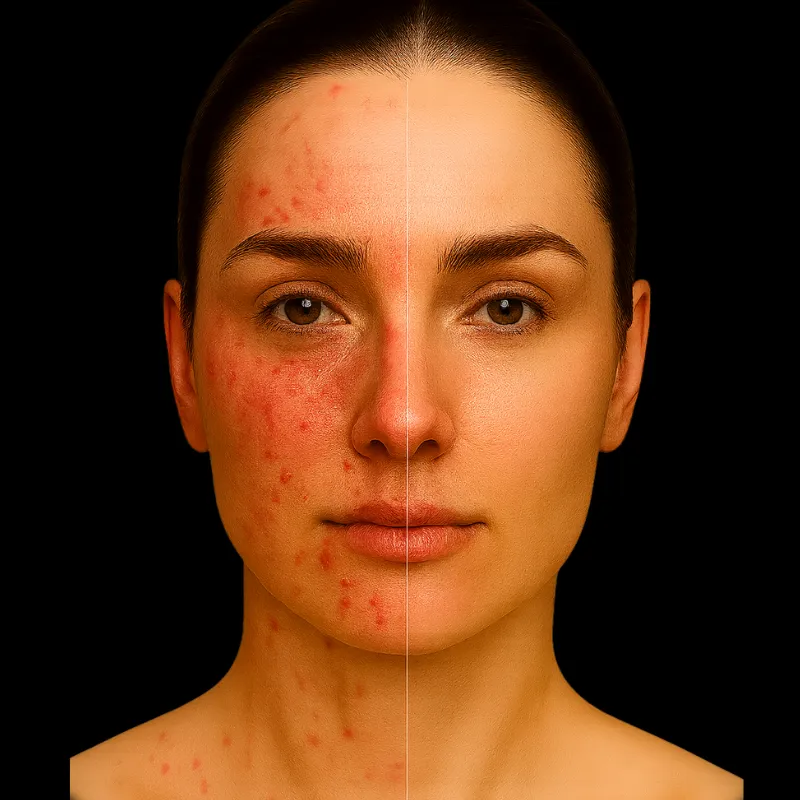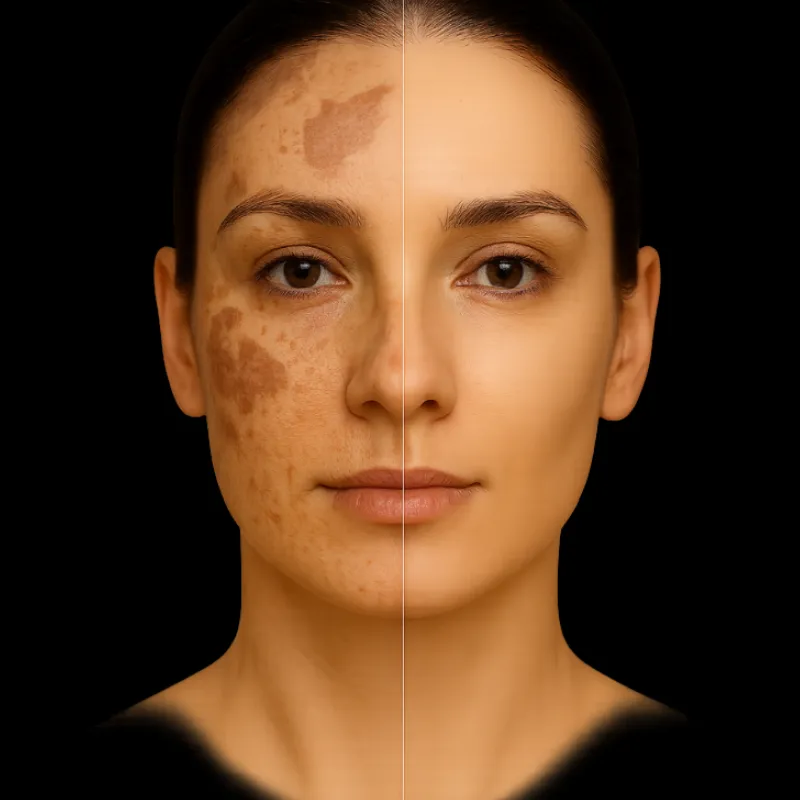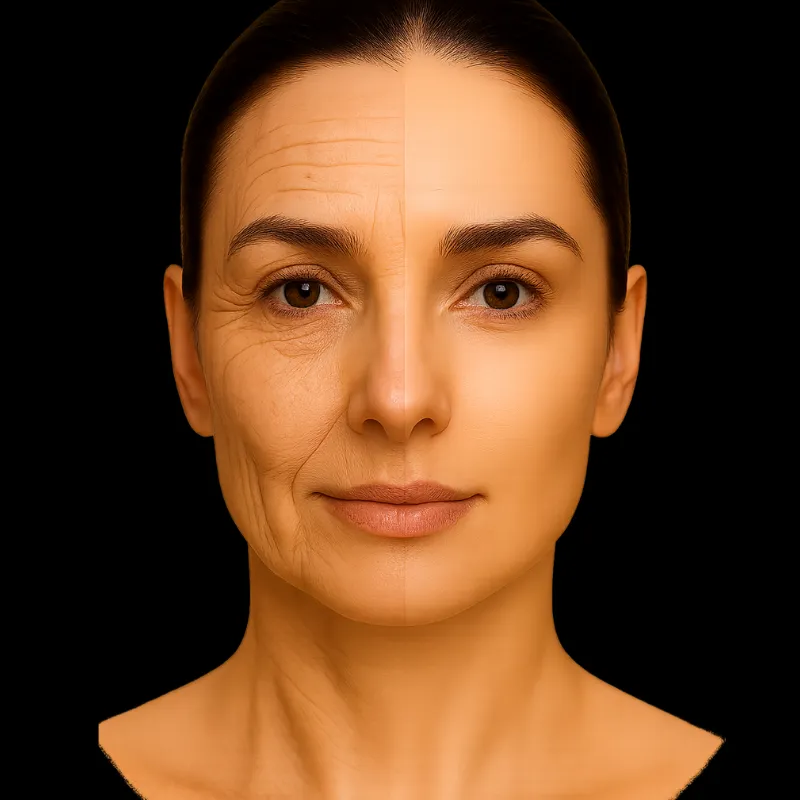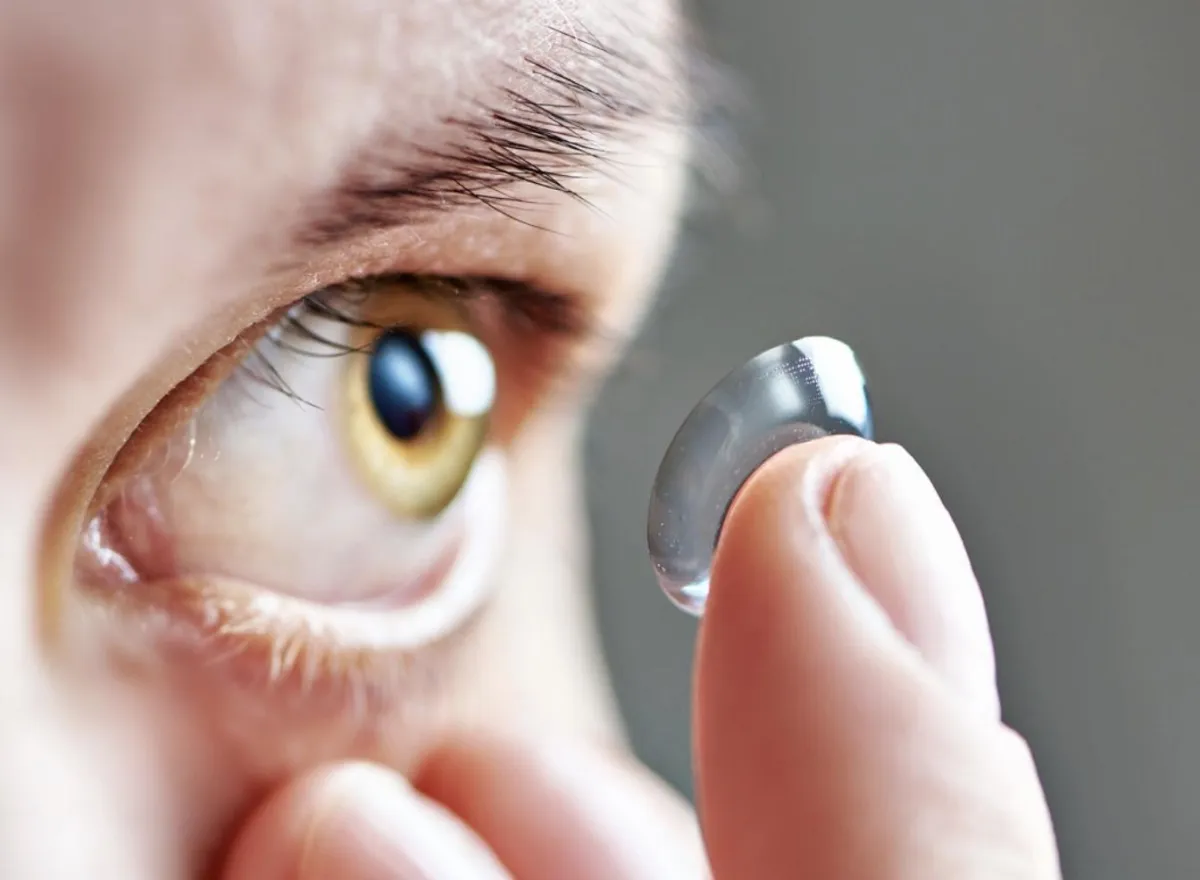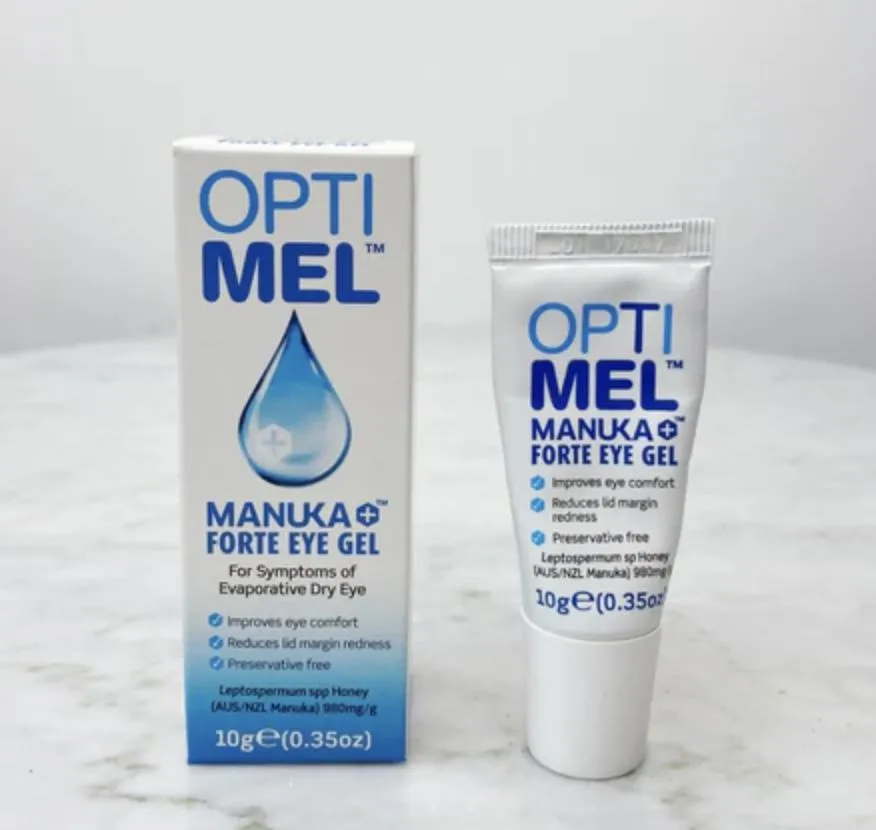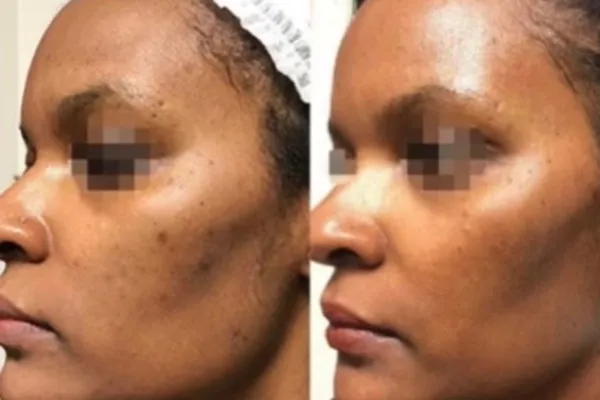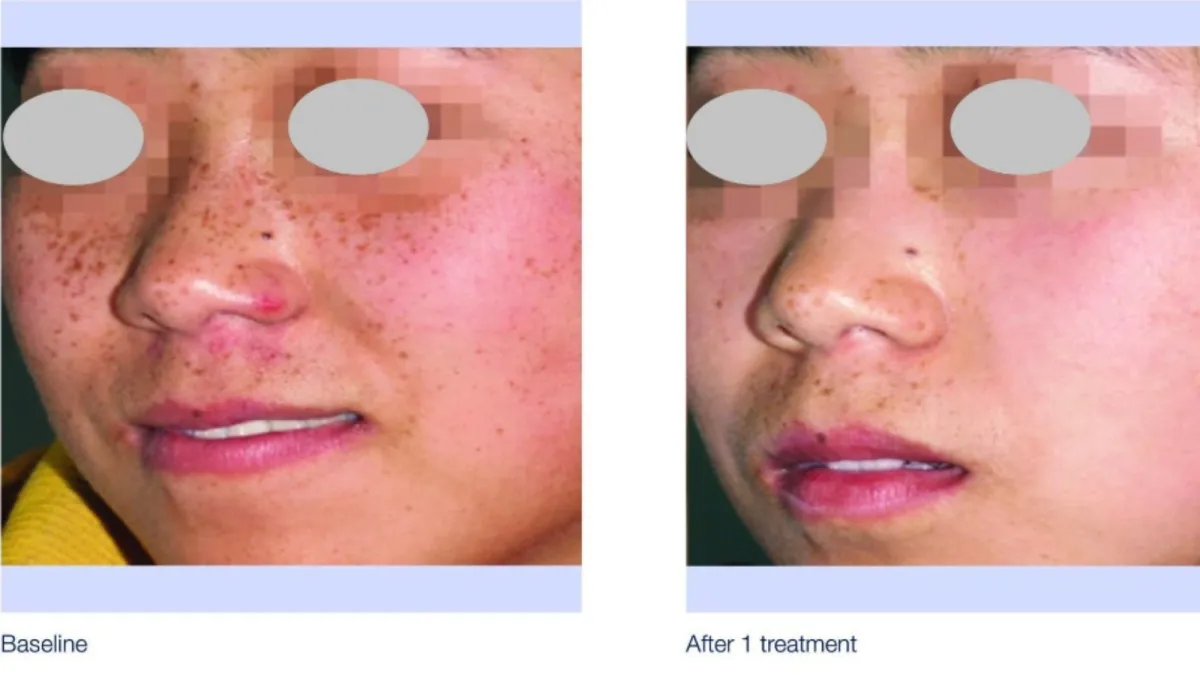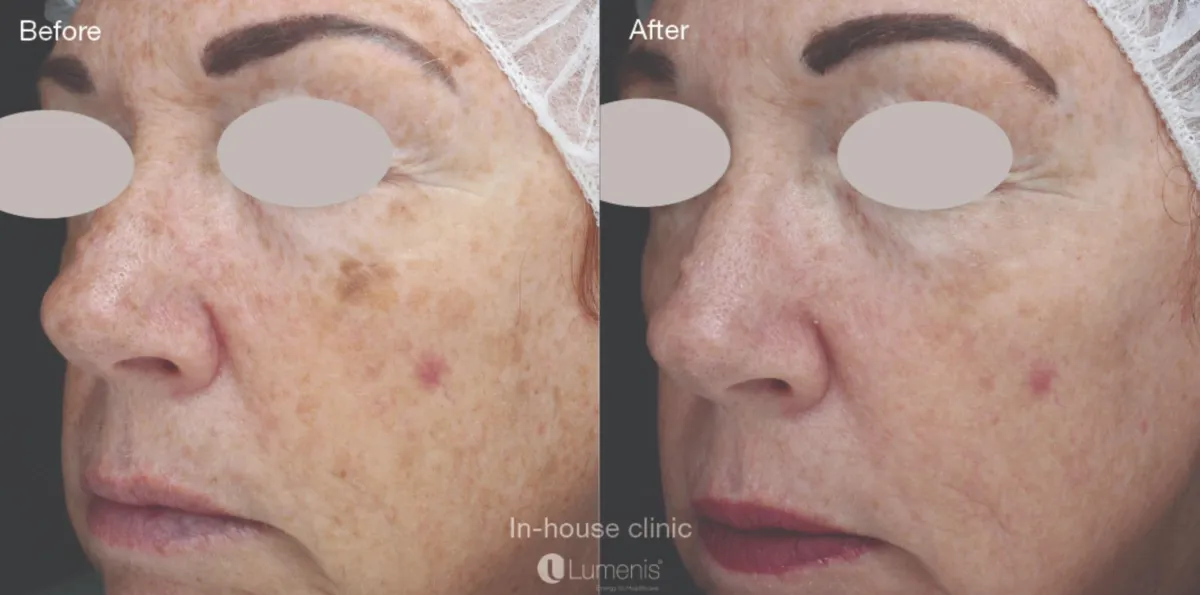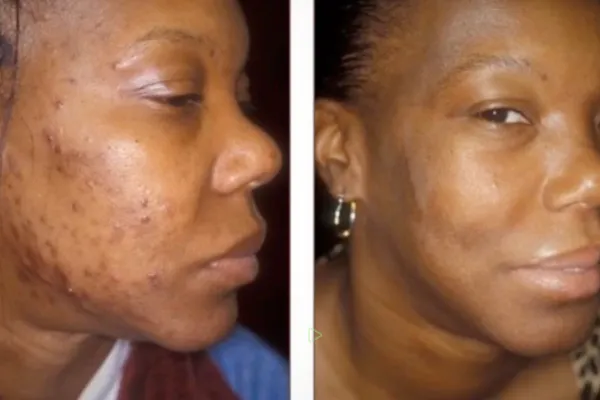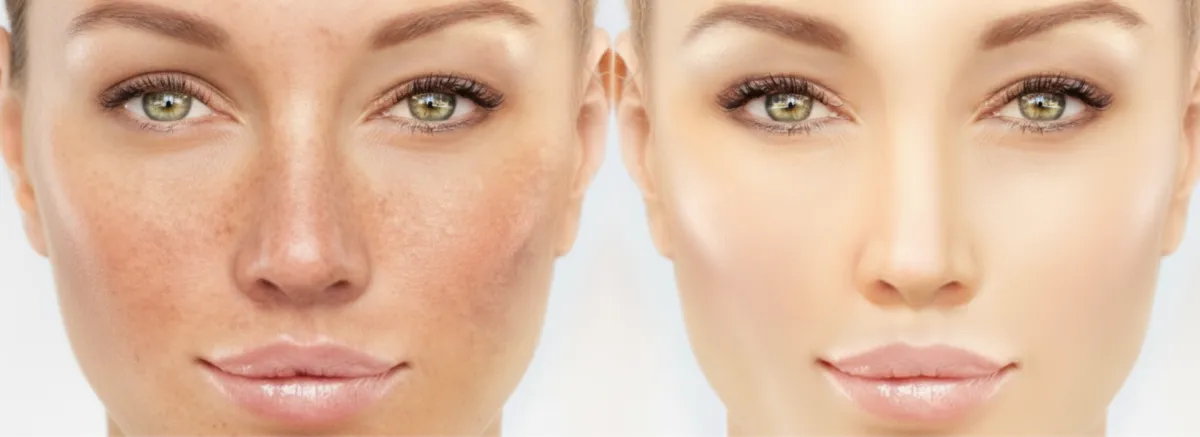
Pigmentation & Sun Damage in Greenwood, SC
The Art of Even Skin
Target the underlying causes of pigmentation—from sun damage and melasma to post-inflammatory dark spots—with advanced light and resurfacing technologies designed to reveal your most even, radiant complexion.
Common Types of Pigmentation

Pigmentation:
Melasma, Sun Damage, and Post-Inflammatory Hyperpigmentation
Pigmentation is a condition that usually presents as brown patches on your skin, making your complexion look uneven. It occurs when there is an overproduction of melanin, usually triggered by factors such as sun exposure, hormonal changes, ageing, or skin injuries.
Non-invasive Treatment Options– we provide Pigment reduction options, such as Opus Plasma, Lumenis ResurFx, chemical peels, RF Microneedling, Microchanneling, hydrofacials, and many more to give you your desired skin.
A Closer Look at Melasma.
Melasma is a specific type of pigmentation that predominantly affects women, although 10% of those affected are men. It typically appears on both sides of the face, commonly on the cheeks, forehead, nose bridge, and upper lip. There is a genetic predisposition to this condition and all races can be affected, however pigmentation is more prevalent in dark-skinned races such as Asians, Hispanics, Indians and people from the Middle-East or Northern Africa.
While the exact cause is unknown, it is often triggered by hormonal changes, including pregnancy, menopause, and hormonal contraceptives, and can be exacerbated by sun exposure. Schedule a free consultation to find the right treatment plan for you.

Sun Damage "Sun Spots"
Sun damage refers to pigmentation changes and skin damage caused by prolonged exposure to ultraviolet (UV) rays from the sun. UV radiation includes both UVA and UVB rays, which can harm the skin. Sun damage may appear as dark spots, freckles, or uneven skin tone, and can include conditions like age spots or sunspots. Schedule a consultation with our skilled practitioners to discover the right solutions for your skin concerns

Freckles Vs Sun Damage
Freckles and sunspots, while both connected with sun exposure, differ in their nature and formation:
Freckles: Freckles are small, flat, pigmented spots that form on the skin. They are also known as ephelides. They are more common in people with lighter skin tones and are mostly inherited. The irregular distribution of melanin, the pigment responsible for skin colour, causes freckles. When exposed to sunlight, the skin produces melanin in an attempt to protect itself from UV radiation. Melanocytes (cells that create melanin) in specific locations of people with a hereditary predisposition to freckles develop more pigment, resulting in freckles.
Sunspots (Solar Lentigines or Age Spots): Sunspots are darker, bigger, and more distinct than freckles. They are also known as solar lentigines or age spots. They are typically flat and range in colour from tan to brown to black. Sunspots form as a result of repeated exposure to ultraviolet (UV) light from the sun. UV rays stimulate the formation of melanin in the skin, resulting in areas of enhanced pigmentation. Sunspots, in contrast to freckles, which generally vanish in the absence of sun exposure, tend to persist or intensify with repeated sun exposure and may grow more numerous as a person ages.
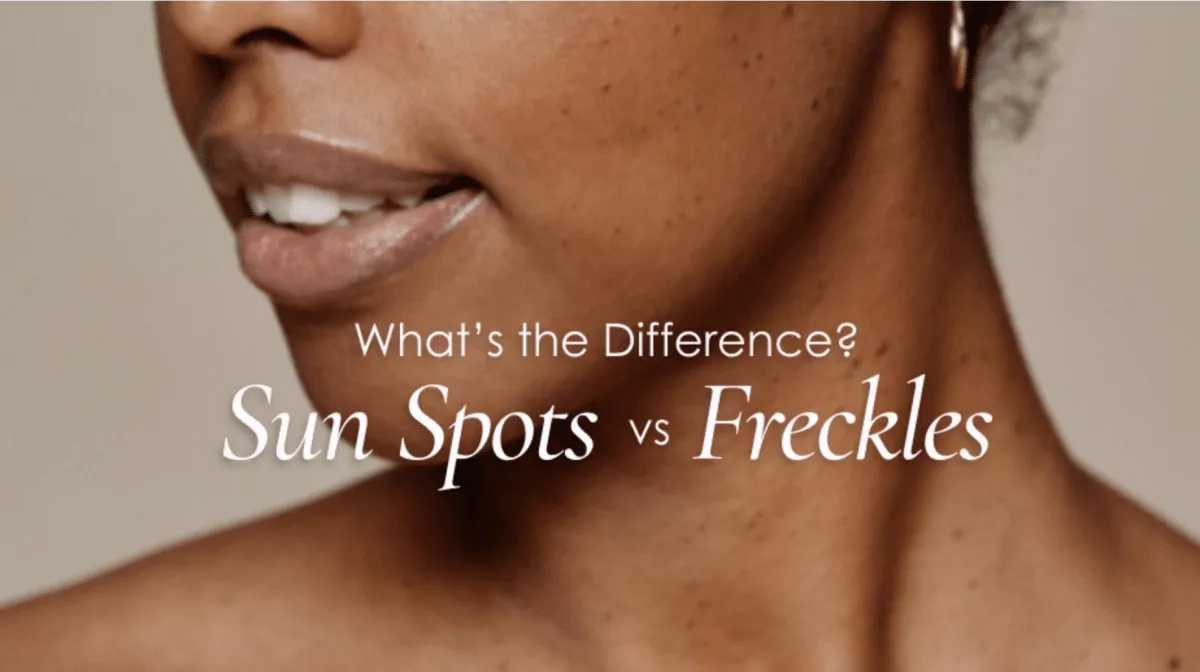
Freckles can be lightened with IPL or gentle resurfacing for a smoother, more even tone, but many patients choose to maintain some of their natural freckle pattern for a youthful, authentic look. During your skin analysis, we determine whether your brown spots are true freckles, sun damage, or melasma so that each can be treated appropriately and safely.
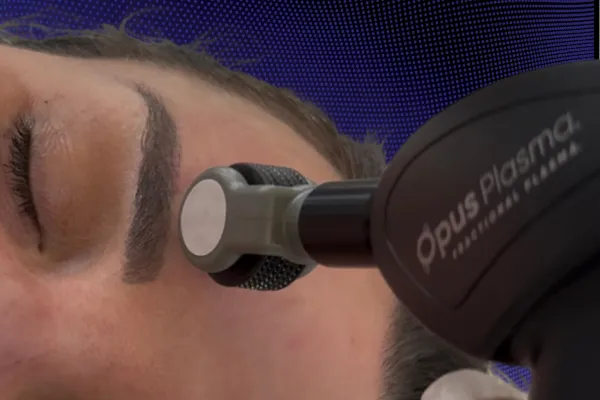
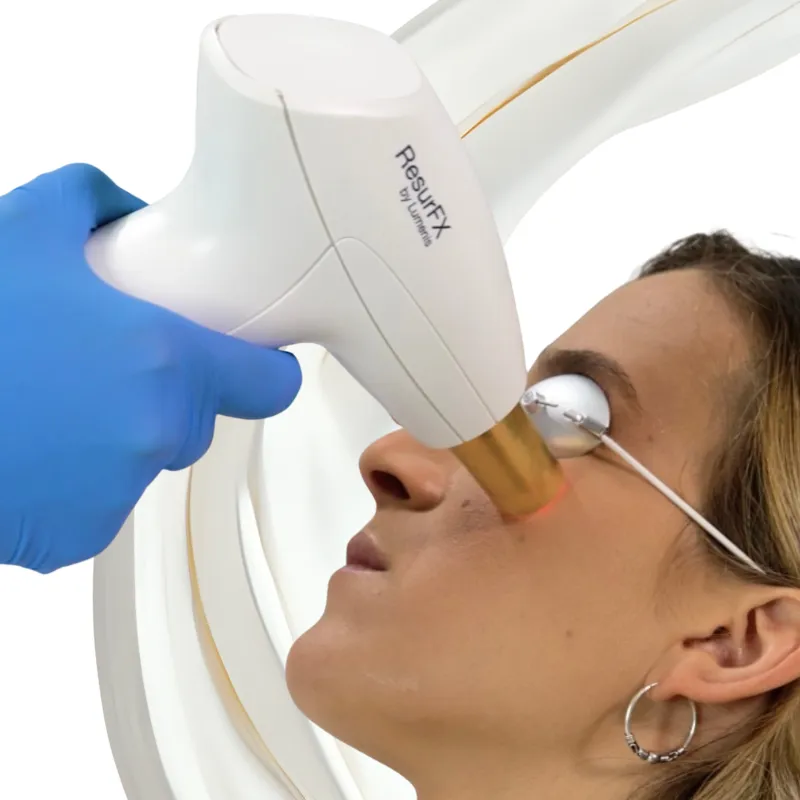
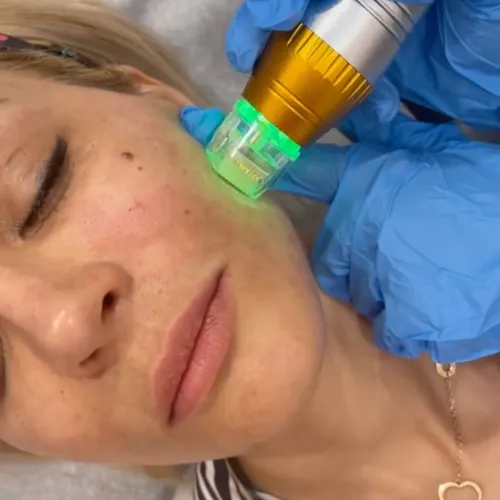

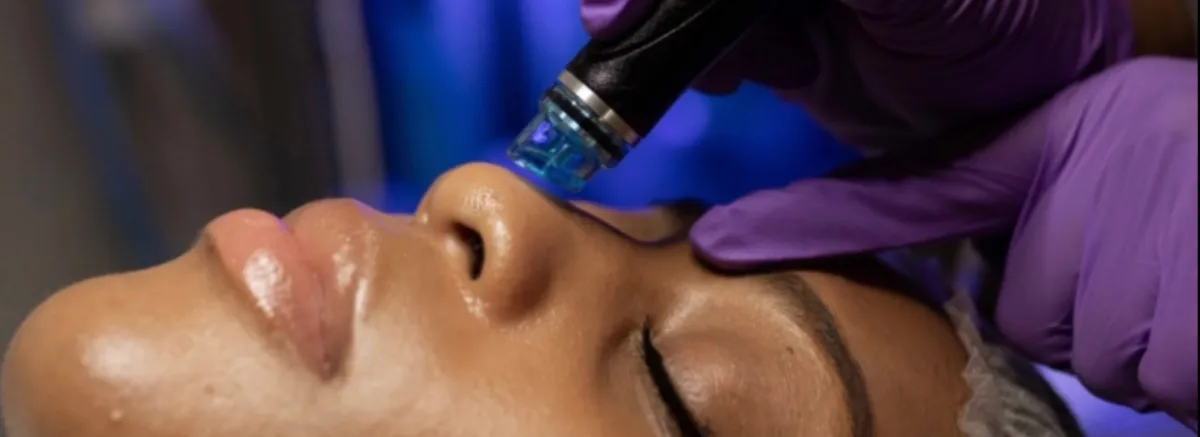


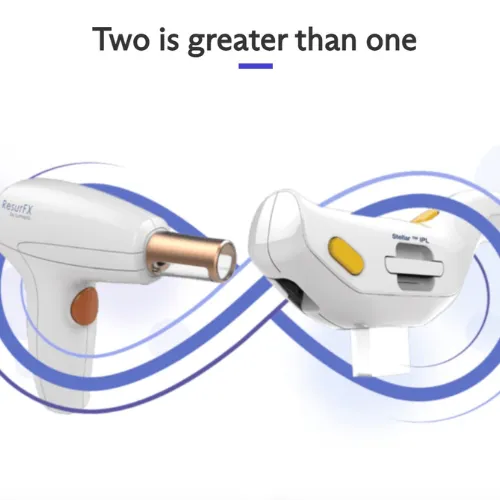
Time to Start Treatment?
At Integrated Vision & Aesthetics, every pigment treatment begins with a comprehensive skin analysis and consultation. Using our advanced skin imaging technology, we evaluate melanin distribution, UV damage, and uneven tone beneath the skin’s surface—revealing what can’t be seen by the naked eye. This allows our team to design a personalized pigment-correction plan, selecting the ideal combination of treatments for your specific skin type and pigment pattern.

What Treatments Do You Have for Pigmentation?
At Integrated Vision & Aesthetics, pigment correction is never one-size-fits-all. We begin with a comprehensive skin analysis and consultation to identify the exact cause and depth of discoloration—whether sun damage, melasma, freckles, or post-inflammatory marks. From there, we design a custom protocol that may include OptiLight IPL to target surface pigment and redness, ResurFX fractional laser for deeper sun damage and texture, and Opus Plasma to resurface and refine uneven tone. Complementary treatments such as HydroFacial and Microneedling further enhance results by exfoliating dull, pigmented cells, infusing brightening serums, and stimulating new collagen. Combined with professional skincare and daily pigment-control maintenance, these advanced technologies work synergistically to restore balanced, even, and radiant skin—safely and effectively for all skin types.
How much improvement can I expect to see?
Most patients notice a visible brightening and evening of skin tone after just one or two sessions, with continued fading of dark spots and overall radiance improving throughout a full treatment series.
Because pigment often lies in multiple layers of the skin, the goal is gradual correction—lightening existing spots while preventing new pigment from forming. After a complete protocol (typically 3–6 sessions), many patients see 50–80% reduction in discoloration, along with smoother, more luminous skin.
Ongoing maintenance treatments and daily medical-grade pigment control (including vitamin C, SPF, and pigment-balancing serums) help sustain and enhance long-term clarity.
How do I keep the Pigment From Returning?
Maintaining clear, even skin takes a balance of sun protection, consistent skincare, and maintenance treatments. After correction, the same factors that caused pigment—UV exposure, heat, hormones, or inflammation—can trigger it to return.
To help prevent recurrence:
Use daily broad-spectrum SPF 50, reapplying every 2 hours when outdoors. Incorporate brightening and pigment-suppressing serums such as vitamin C, niacinamide, or kojic acid.
Avoid excess heat and unprotected sun immediately after laser or light treatments. Schedule periodic IPL, ResurFX, or HydroFacial maintenance to keep pigment cells calm and skin turnover active.
Treatment Results
Exposure to coherent Energy Based Treatment modalities, microneedling, peels can not only evens out skin tone but also effectively fights many ageing skin defects. It can remove fine lines, small scars, and also narrows enlarged pores.
Benefits of Treatment?
After a series of treatments, patients typically notice a progressive, natural renewal in their skin’s texture. Improvements are both textural and structural, targeting Pigment, wrinkles, and overall surface tone and smoothness.
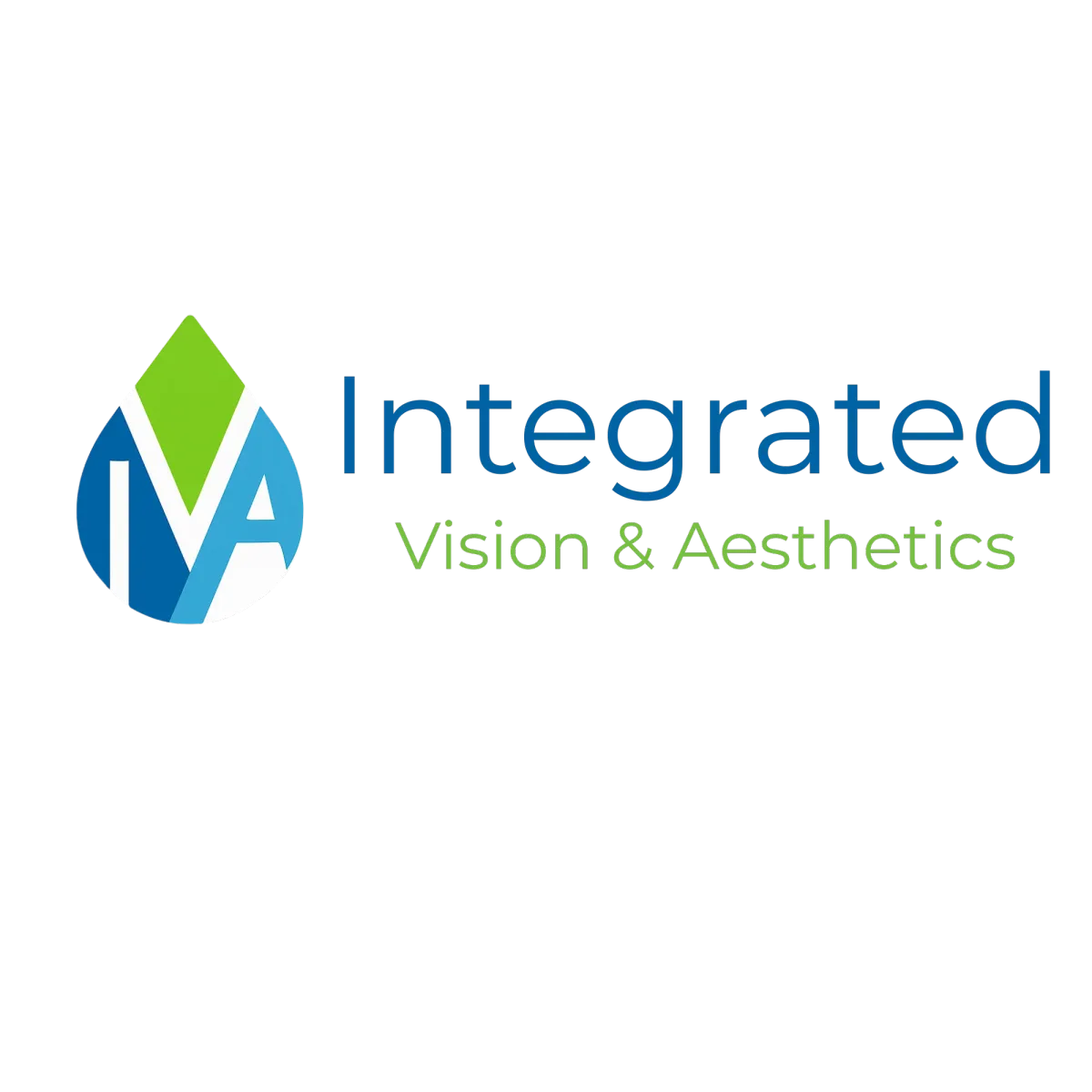
OFFICE HOURS
Monday: 9AM-5PM
Tuesday: 9AM-5PM
Wednesday: 9AM-5PM
Thursday: 9AM-5PM
Friday: 9AM-5PM
Saturday & Sunday: Closed
Copyright 2025.Integrated Vision Associates. All Rights Reserved.



